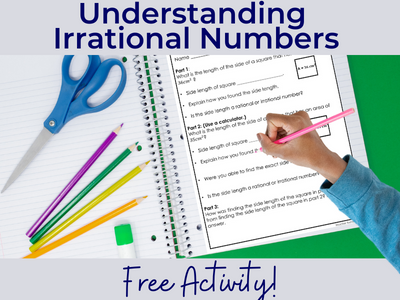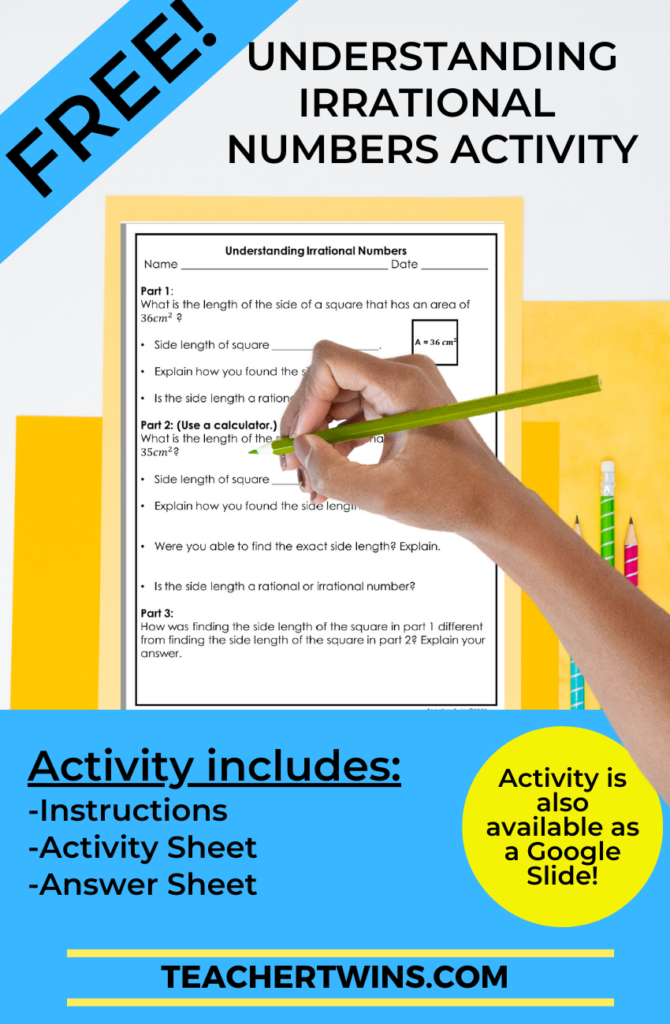Are you looking for easy ways to incorporate problem solving into your math classroom? You’ve come to the right place. We will share five easy and effective strategies that will help your students develop their problem-solving skills while engaging them in the world of math.
Problem-solving is a crucial skill that equips students with the ability to think critically, analyze situations, and produce creative solutions. By incorporating problem-solving activities into your lesson plans, you can empower your students to become confident math learners. These five strategies are designed to make problem-solving enjoyable for your students and easy for you to incorporate into your lessons.
The Importance of Problem-Solving in Math
Problem-solving is an essential skill that is often overlooked in traditional math education. Many students view math as a set of rules and formulas to be memorized, rather than a subject that requires critical thinking and problem-solving abilities. However, in today’s fast-paced and ever-changing world, these skills are more important than ever.
Incorporating problem-solving into your math lessons can help your students develop a growth mindset, where they see challenges as opportunities for learning and growth. It encourages them to think beyond the textbook and apply their knowledge to real-world situations. By solving problems, students gain a deeper understanding of mathematical concepts and build confidence in their abilities. Continue reading for quick and easy strategies to help you incorporate problem solving into your lessons.
Using Math Warm-Ups for Problem Solving
One way to incorporate problem-solving in your math classroom is to start each class with a short math problem solving activity during the math warm-up time. These can be problems that review previously learned concepts or challenge students with new ones. This is a perfect time to use number sense problem solving activities. You can find many free activities online that hep students think about numbers. For example, The Which One Doesn’t Belong? website has many sets of patterns, numbers and graphs that students look at to figure out which one doesn’t belong. There are several reasons for which one does not belong and more than one does not belong. This activity lets students of all abilities feel comfortable participating.
Using Daily Math Journals for Problem Solving
Assign students a daily math journal where they must solve a math problem and explain their thought process. This encourages students to reflect on their problem-solving strategies. This could be used separate or with the warm-up problems.
Here are few free websites that you can use for warmups or starters. You can search online to find more. Be sure to find activities that all students can do and also be challenged.
Marcy Cook Math has number tile activities and other problem-solving activities that are great for helping students increase their number sense and problem-solving abilities. These activities are not free, but they are easy to use and would be a good investment.

Using Math Challenges for Problem Solving
Another way to incorporate problem-solving in your math classroom is to provide challenging math problems periodically. You can have a “problem of the day” or a weekly math challenge. These types of activities are great for students who love a challenge or who finish their assignments early. These problems can be more complex and require deeper thinking. You can require students to complete a certain number each week, month or quarter or make it voluntary. Think of some type of reward or recognition for students who complete the challenges.

Real-World Problem Solving
Incorporating problem-solving into your math classroom can have a big impact on your students’ learning experience. Present students with real-world math problems that relate to their daily lives. This demonstrates the practical applications of math and makes it more engaging. One way to do this is by starting off a new concept you are teaching with a real-world problem. By using real-world scenarios, you can empower your students to become confident problem solvers.
Group Problem-Solving
Encourage collaborative problem-solving in pairs or small groups. Collaboration is an essential part of problem-solving. By incorporating collaborative problem-solving activities into your classroom, you not only encourage teamwork but also create an environment where students can learn from each other.
You can look for problems with real-world scenarios for groups to solve. Some examples are finance, engineering, or even sports. For instance, you could present a problem that requires students to calculate the trajectory of a basketball shot or determine the optimal route for a delivery driver. By doing so, students can see the connection between math concepts and their real-life implications.
Working in groups fosters teamwork and allows students to learn from one another. It also gives students who are quieter the chance to discuss solutions and feel comfortable sharing ideas.
Here is a free activity on understanding irrational numbers that works great in groups.
Resources for Incorporating Problem-Solving in Math
There are several free websites that have good problems to use in any of the 5 incorporating problem solving strategies given. Some of the websites have activities listed by grade level math standards while some have activities listed by topic. You will need to look through the websites to find activities to use but there are plenty to choose from. Below are some websites to get started:
Dan Meyer’s Three-Act Math Tasks
Andrew Stadel 3-Act Math Tasks
Conclusion
As you are starting the new school year try to incorporate more problem-solving activities using a few of these ideas. Remember that the key to effective math problem-solving is to strike a balance between challenge and accessibility. Problems should be challenging enough to engage students’ critical thinking skills but not so difficult that they become frustrated or discouraged. Tailor the complexity of the problems to the level of your students and the learning outcomes you want to achieve. The more you try to easier it will get!
Click below to try the free Understanding Irrational Numbers activity!




